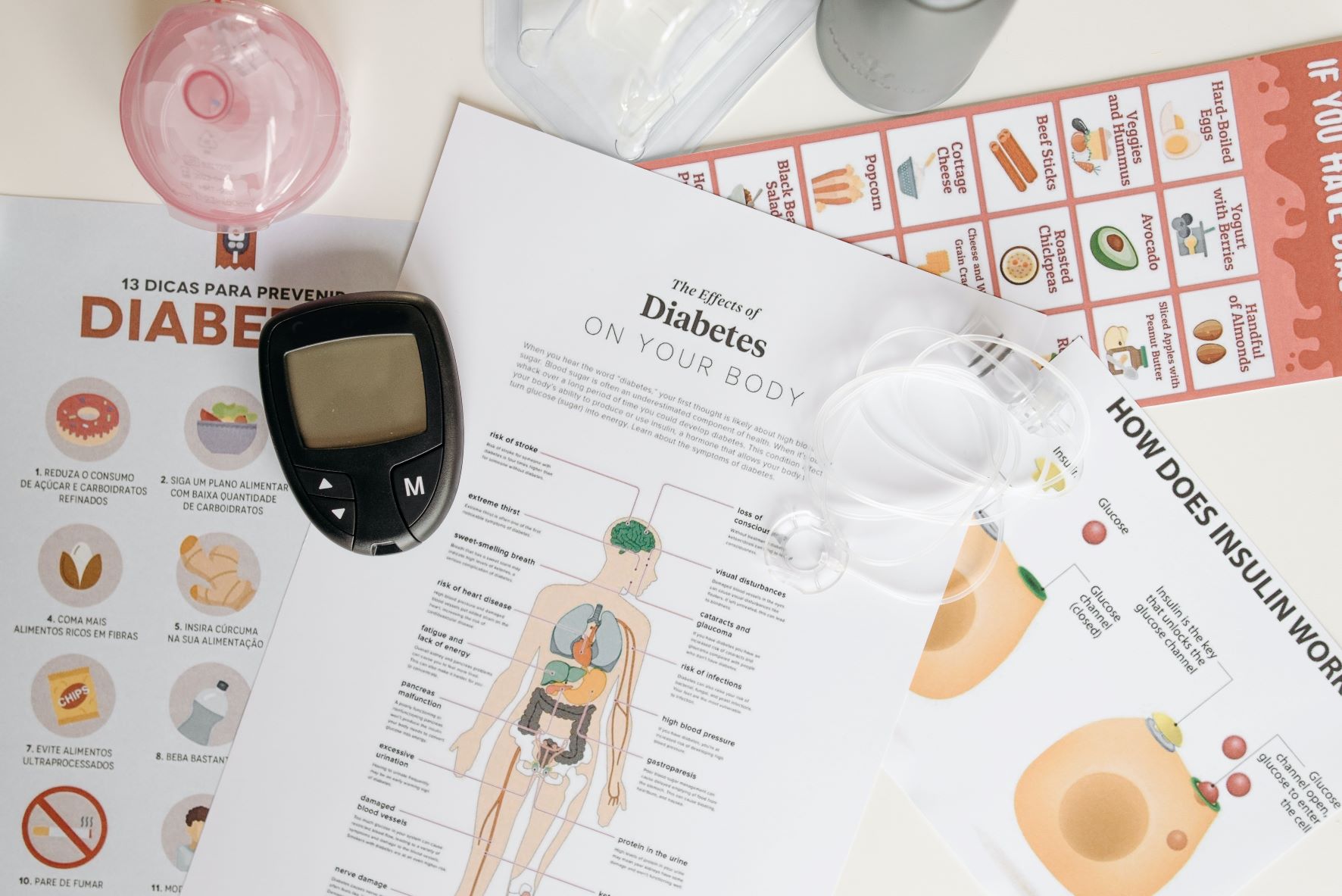Diabetes is linked to two other conditions that raise the chances of foot amputation: peripheral
artery disease (PAD) and diabetic neuropathy.
PAD can narrow the arteries that carry blood to the legs and feet and make the patient more
likely to get ulcers (open sores) and infections. When the patient doesn’t have good circulation,
it also can make those things heal more slowly.
Neuropathy is nerve damage. High blood sugar levels caused by diabetes can damage the
nerves and blood vessels in the patient’s body. That includes the ones in patient’s feet and
legs. If the nerves are damaged, the person might not feel pain, heat, cold, sharp objects, or
other symptoms of ulcers or infections. If the patient has neuropathy in his/her feet, the patient
could walk around all day with a rock in his/her shoe and not know it. That means the patient
could get a bad cut and not notice until it gets infected.
That raises the risk of serious infection or gangrene, which refers to the death of your tissue.
In some severe cases, the only way doctors can treat the infection or gangrene is to
amputate, or remove, the area that’s affected.
References
- International Diabetic Federation (IDF)
- Ubayawansa, D.H.B., Abeysekara, W.Y.M., Kumara, M.M.A.J.(2016) Major Lower Limb Amputations: Experience of a Tertiary Care Hospital in Sri Lanka: J Coll Physicians Surg Pak, 26(7), pp. 620-2
- Varma, P., Stineman, M.G., Dillingham, T.R.(2014) Epidermiology of limb loss: Phys Med Rehabil Clin N Am, 25(1), pp.1-8
- Shiferaw, W.S., Akalu, T.Y., Work, Y., Aynalem., Y.A.(2020) Prevalence of diabetic peripheral neuropathy in Africa: a systematic review and meta-analysis: BMC Endocr Disord, 20(1,) p.49
- https://data.worldbank.org
- https://www.ips.lk


